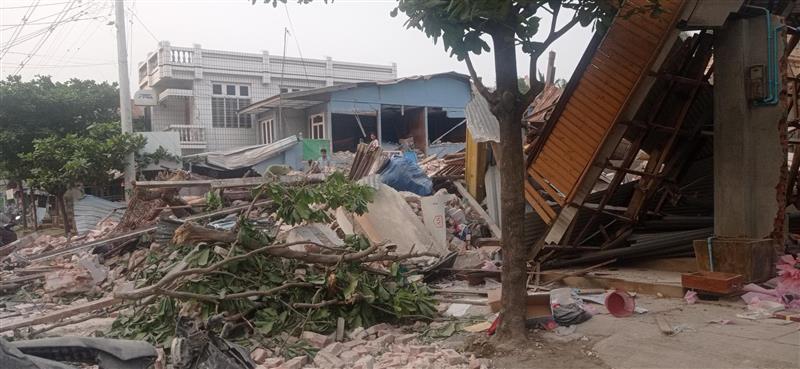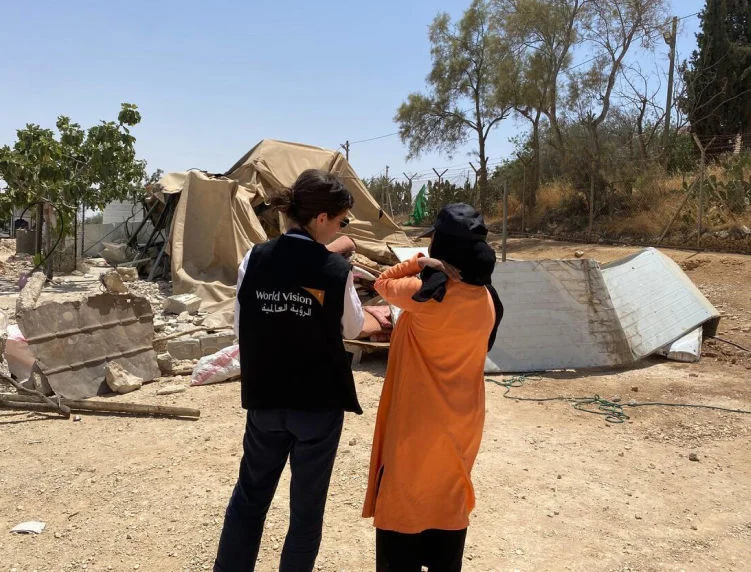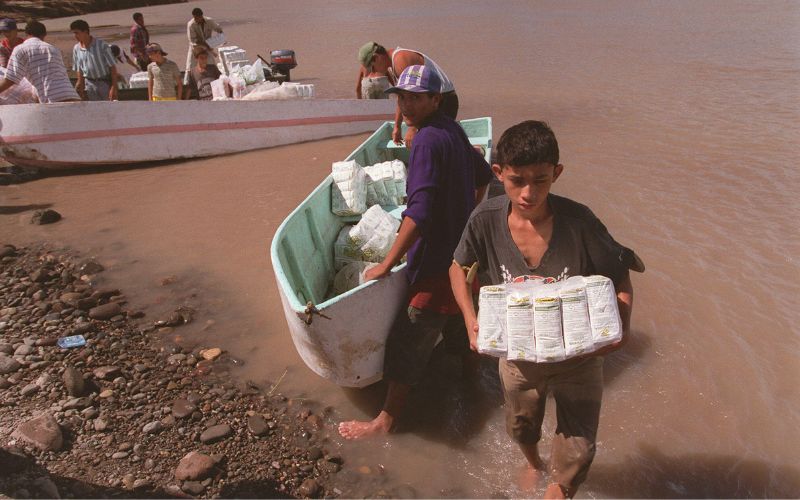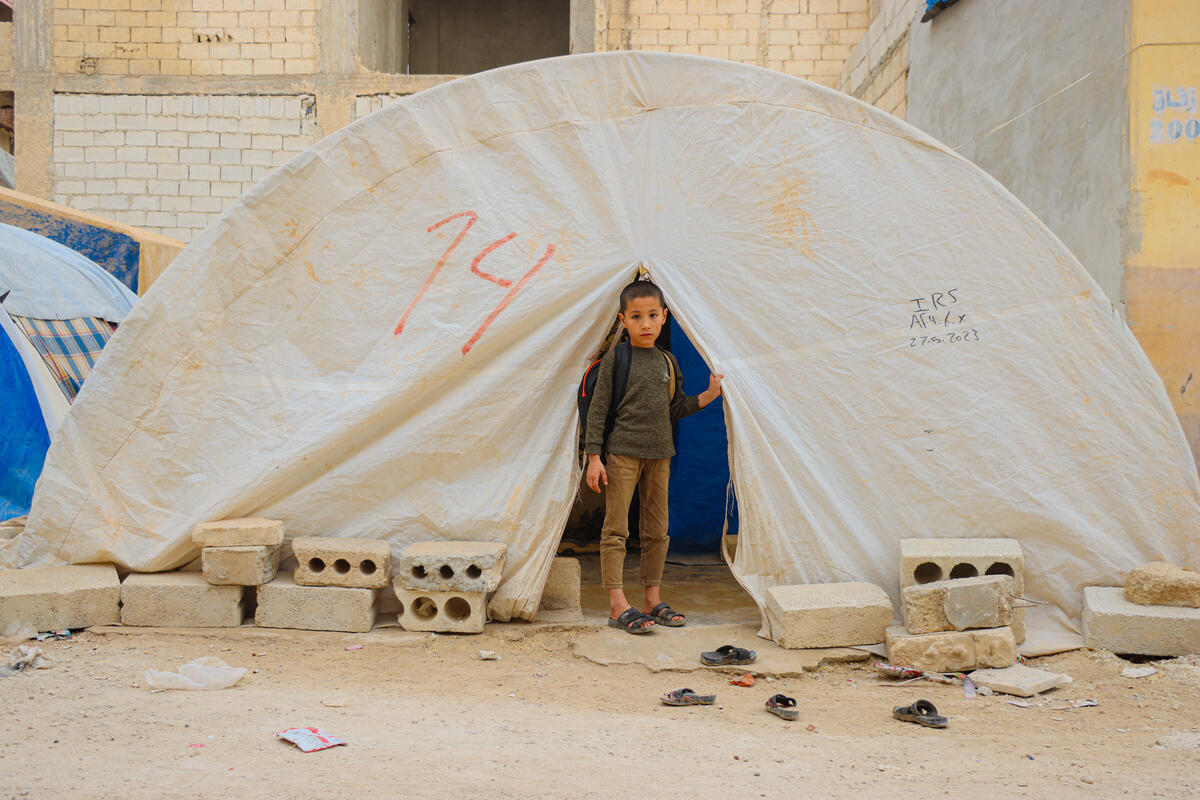Emergency appeal
Featured articles
-
What is Mpox and how is it spreading?

-
10 things you need to know about Syria

Syria
Disaster Relief
-
How can education save children in emergencies?

Education
More on Emergency Response
More on Emergency Response
More on Emergency Response
Our emergency work in recent years
In 2024, with the support of donors in Canada...
36
emergencies were responded to
Over 4.5 million
people were supported through donor contributions
35
countries benefited from generous donations




